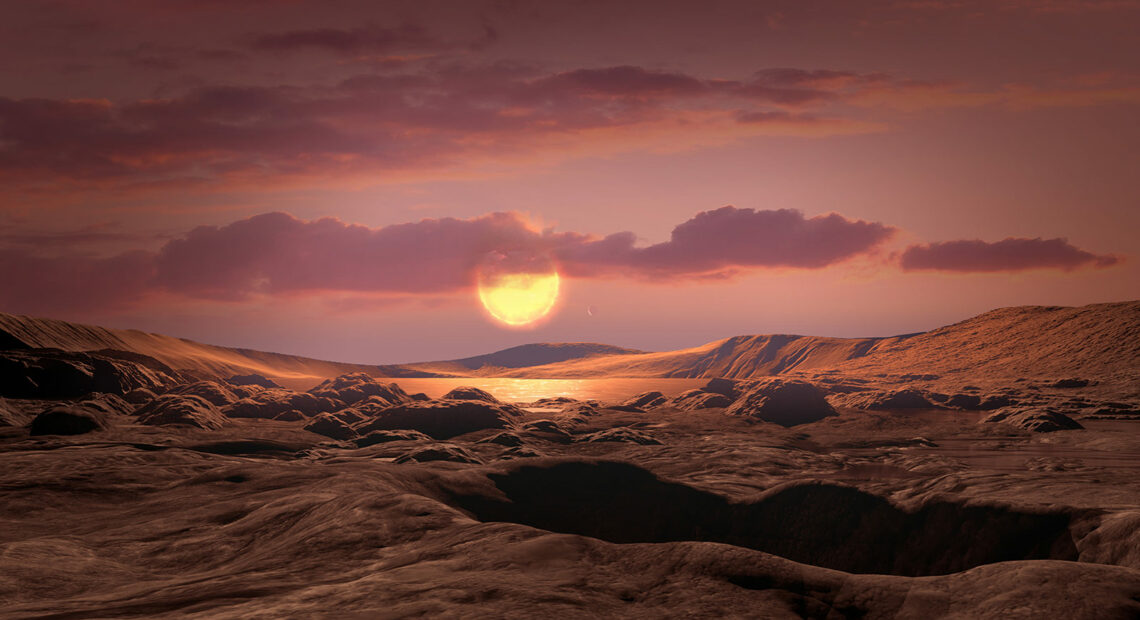Exploring Earth-Like Planets: A Fascinating Window into the Cosmos

The search for Earth-like planets has captivated the imagination of scientists and the general public alike. These distant celestial bodies, resembling our own planet in certain key aspects, offer a tantalizing glimpse into the possibility of extraterrestrial life. In this blog post, we will explore some of the planets considered ‘Earth-like’ and delve into the reasons behind their classification.
- Kepler-452b: Often referred to as Earth’s “cousin,” Kepler-452b is one of the most Earth-like exoplanets discovered to date. Located approximately 1,400 light-years away in the constellation Cygnus, this planet orbits a star similar to our Sun. Its similarities to Earth include its size, estimated to be about 60% larger than Earth, and its position within the habitable zone of its star, where conditions might be conducive to the existence of liquid water.
- Proxima Centauri b: Proxima Centauri b is an exoplanet orbiting the closest star to our solar system, Proxima Centauri. Located just over 4 light-years away, this planet has generated significant interest due to its potential for habitability. Although it is at least 1.3 times the mass of Earth, it orbits within the habitable zone of its star. Scientists continue to study Proxima Centauri b to determine if it possesses an atmosphere and liquid water, making it a potentially suitable abode for life.
- TRAPPIST-1 System: The TRAPPIST-1 system, located about 39 light-years away from Earth, comprises seven planets that have garnered considerable attention for their Earth-like characteristics. These planets orbit an ultracool dwarf star, with three of them residing within the habitable zone. The TRAPPIST-1 planets are similar in size to Earth and may possess atmospheres. This system has sparked excitement as it presents an intriguing opportunity to study multiple potentially habitable worlds within a single system.
- Mars: While not an exoplanet, Mars deserves mention due to its historical and ongoing exploration by space missions. Often referred to as the “Red Planet,” Mars shares several similarities with Earth. It has a similar axial tilt, which results in seasons, and evidence suggests it once harbored liquid water on its surface. Mars is a focus of scientific research and missions to understand its potential for past or present microbial life and pave the way for future human exploration.
The classification of a planet as ‘Earth-like’ relies on a combination of factors, such as size, composition, distance from its star, and the presence of liquid water and an atmosphere. While the planets discussed here exhibit some of these characteristics, the search for truly Earth-like exoplanets and the quest to find signs of life beyond our planet are ongoing endeavors in the field of astronomy. The discovery of such worlds would revolutionize our understanding of the universe and our place within it.
Picture Courtesy: Google/Images are subject to copyright








